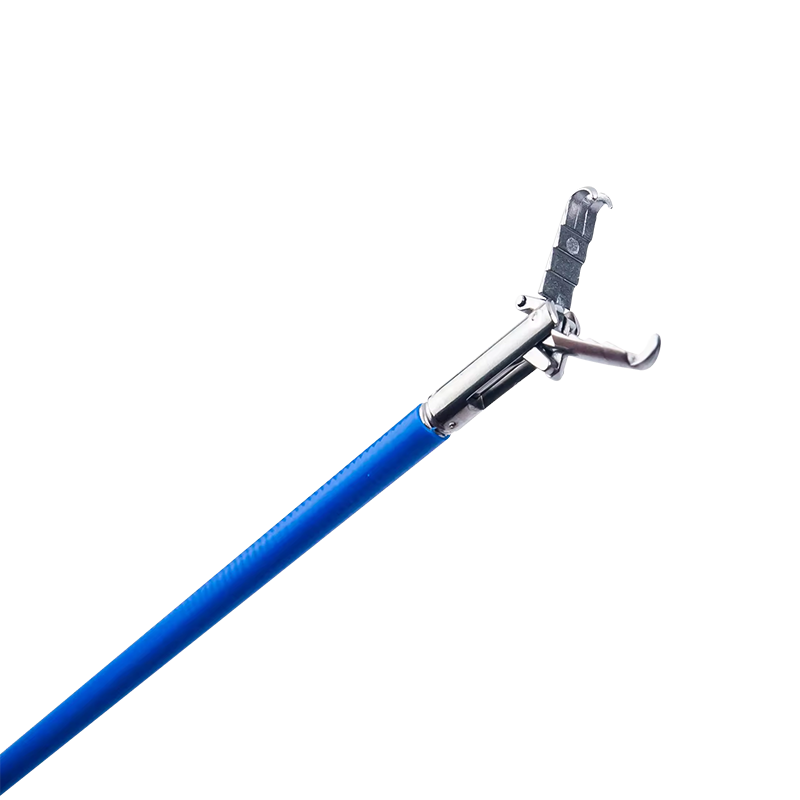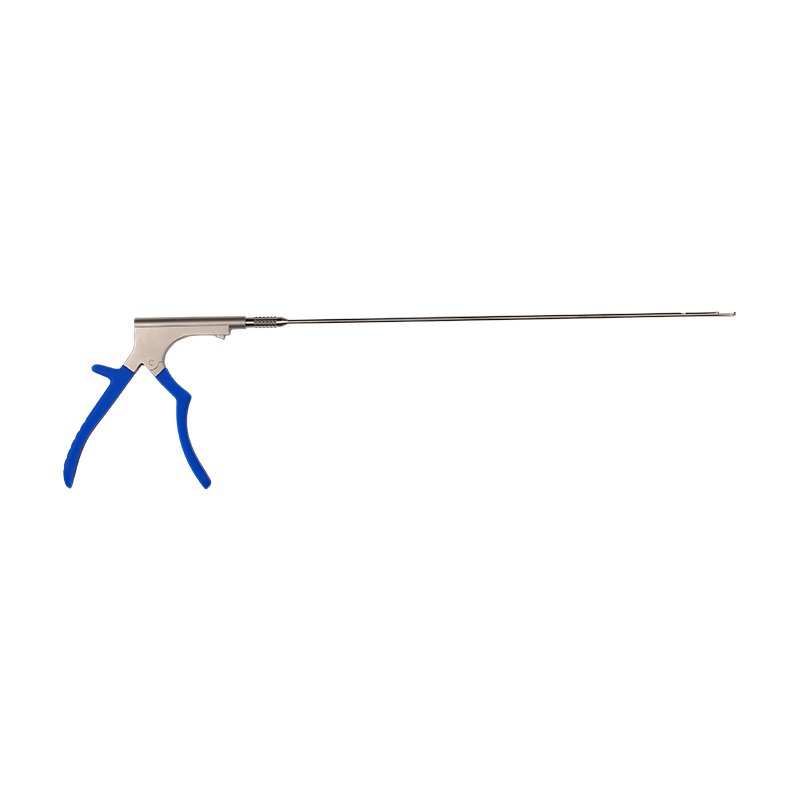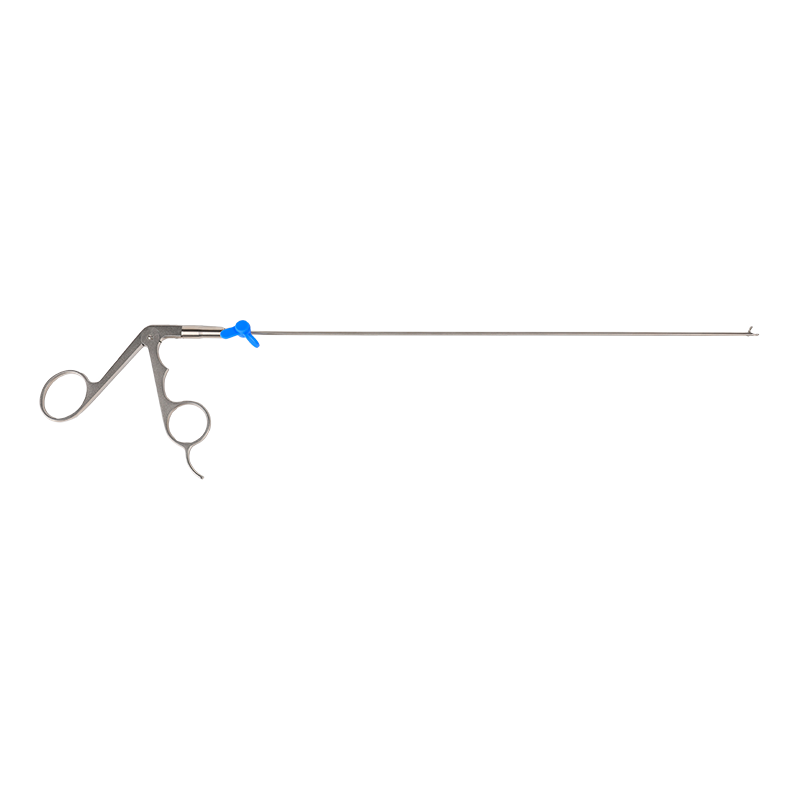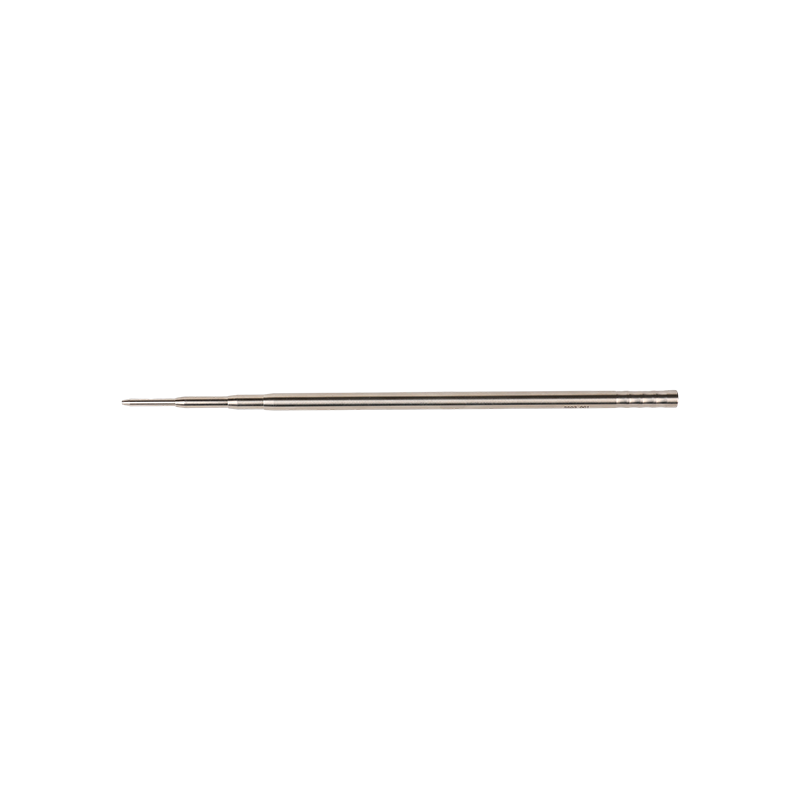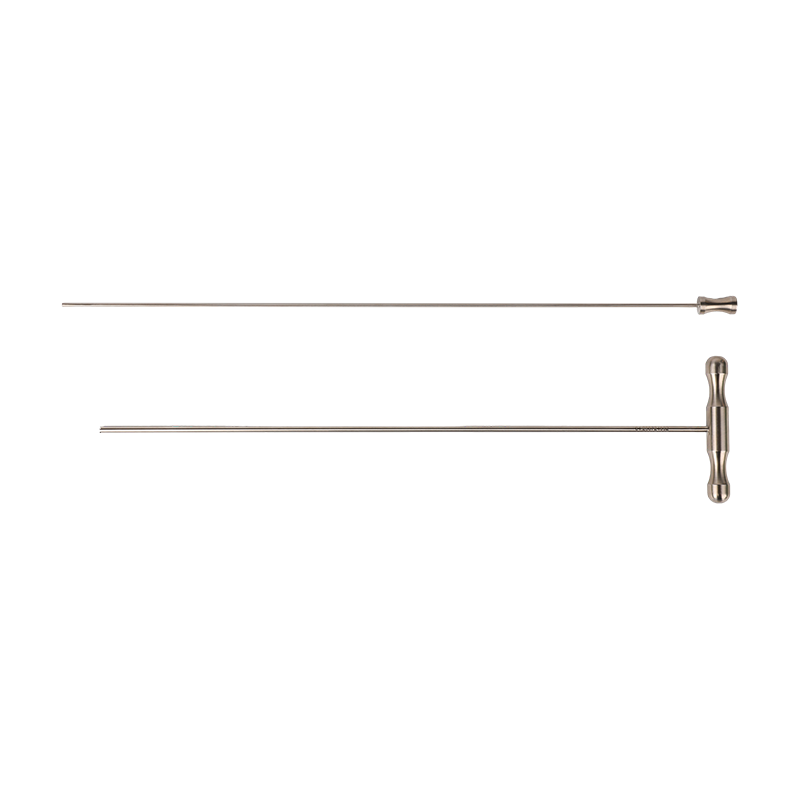Arthroscopic surgery has revolutionized the field of orthopedics, allowing surgeons to diagnose and treat joint conditions with minimal invasiveness. This technique relies heavily on a specialized set of instruments designed for precision, maneuverability, and efficacy within the confined space of a joint. Among these, the osteotome plays a crucial, albeit often specialized, role.
What is an Osteotome?
An osteotome is a surgical instrument primarily used for cutting or shaping bone. Unlike chisels, which are typically beveled on one side, osteotomes are typically beveled on both sides, creating a sharper, more symmetrical cutting edge. This design allows for a more controlled and precise cut, reducing the risk of bone splintering or uncontrolled fractures. In the context of arthroscopic surgery, osteotomes are significantly smaller and more delicate than their open-surgery counterparts, designed to fit through small portals and operate within the tight confines of a joint capsule.
Design and Variations for Arthroscopy
Arthroscopic osteotomes are meticulously crafted to meet the unique demands of minimally invasive procedures. Key design considerations include:
-
Shaft Length and Diameter: These instruments feature long, slender shafts that allow them to reach deep within the joint while being manipulated from outside the body. The diameter is kept minimal to fit through standard arthroscopic cannulas.
-
Tip Configuration: The working end, or tip, of an arthroscopic osteotome comes in various shapes and sizes to accommodate different surgical needs. Common tip configurations include:
-
Straight: For general bone cutting and shaping.
-
Curved/Angled: To navigate around anatomical structures or access difficult-to-reach areas within the joint.
-
Guarded: Some osteotomes may feature a guard to protect surrounding soft tissues during bone work.
-
Bevel Angle: The angle of the cutting edge can vary, influencing the aggressiveness and precision of the cut.
-
-
Handle Design: Ergonomic handles are essential for surgeon comfort and control, often featuring textured grips to prevent slippage during delicate maneuvers.
-
Material: High-grade stainless steel or titanium alloys are typically used, ensuring durability, sharpness retention, and biocompatibility.
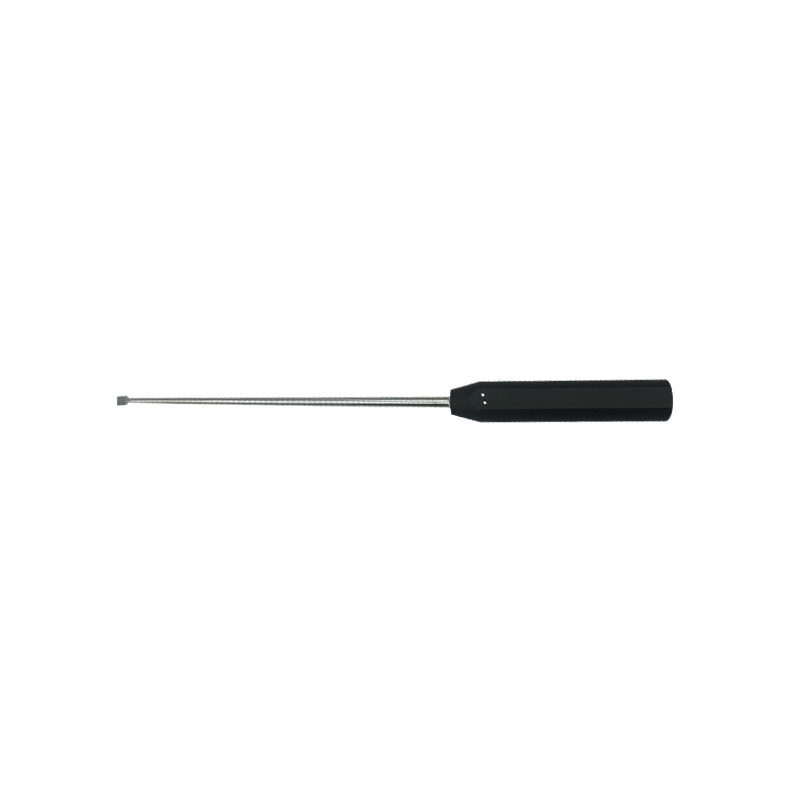
Applications of Arthroscopic Osteotomes
While not as universally employed as shavers or graspers, arthroscopic osteotomes are indispensable for specific procedures requiring bone modification within the joint. Their applications include:
-
Osteochondral Procedures: In cases of osteochondral defects (damage to both cartilage and underlying bone), an osteotome may be used to precisely debride damaged bone or to prepare a bed for grafts (e.g., autologous chondrocyte implantation, osteochondral allograft transplantation).
-
Loose Body Removal: If a large, ossified loose body is present within the joint and cannot be easily grasped, an osteotome can be used to fragment it into smaller, more manageable pieces for removal.
-
Osteophyte Resection: In conditions like osteoarthritis, bone spurs (osteophytes) can form within the joint, causing impingement and pain. An osteotome can be used to carefully resect these bony outgrowths.
-
Meniscal Repair (Less Common): In specific, complex meniscal repairs, an osteotome might be used to create a small bony trough for suture anchors, though this is less common than other methods.
-
Ligament Reconstruction (Bone Tunnel Preparation): While often done with drills, in some specific reconstruction techniques, a small osteotome might be employed for precise shaping or clearing of bone tunnels, particularly in revision cases or when precise bone work is needed.
Advantages in Arthroscopy
The use of osteotomes in arthroscopy offers several advantages:
-
Precision: The sharp, symmetrical bevel allows for highly controlled and accurate bone cuts, minimizing collateral damage to surrounding tissues.
-
Minimally Invasive: As with all arthroscopic instruments, osteotomes enable complex bone work through small incisions, leading to less pain, faster recovery, and reduced scarring for the patient.
-
Visualization: Direct visualization through the arthroscope allows the surgeon to precisely guide the osteotome and monitor its interaction with bone.
Considerations and Challenges
Despite their utility, the use of arthroscopic osteotomes presents specific challenges:
-
Learning Curve: Mastering the precise manipulation of an osteotome within the confines of an arthroscopic environment requires significant surgical skill and experience.
-
Force Control: Applying the appropriate amount of force without damaging the instrument or surrounding structures is critical.
-
Visualization Limitations: While arthroscopy provides good visualization, 3D perception can be limited, requiring the surgeon to rely on haptic feedback and careful instrument positioning.
-
Instrument Durability: Given the forces involved in bone cutting, the durability and sharpness retention of the osteotome are paramount.
In conclusion, the arthroscopic osteotome, while a highly specialized instrument, is an invaluable tool in the orthopedic surgeon's arsenal. Its precise design and varying configurations enable surgeons to perform delicate and effective bone modifications within the joint, contributing significantly to the success of numerous minimally invasive procedures and ultimately improving patient outcomes. As arthroscopic techniques continue to evolve, so too will the sophistication and application of instruments like the osteotome, pushing the boundaries of what is possible in joint surgery.

 English
English عربى
عربى Español
Español
